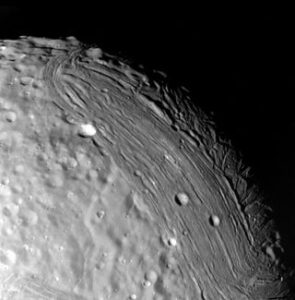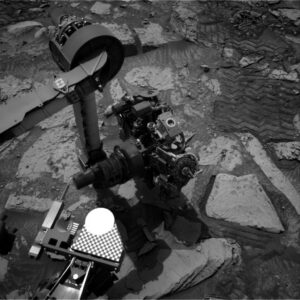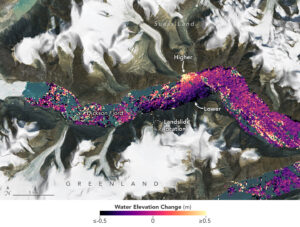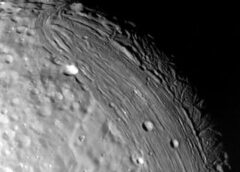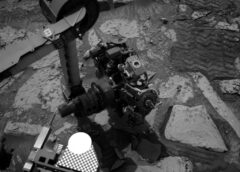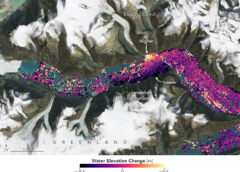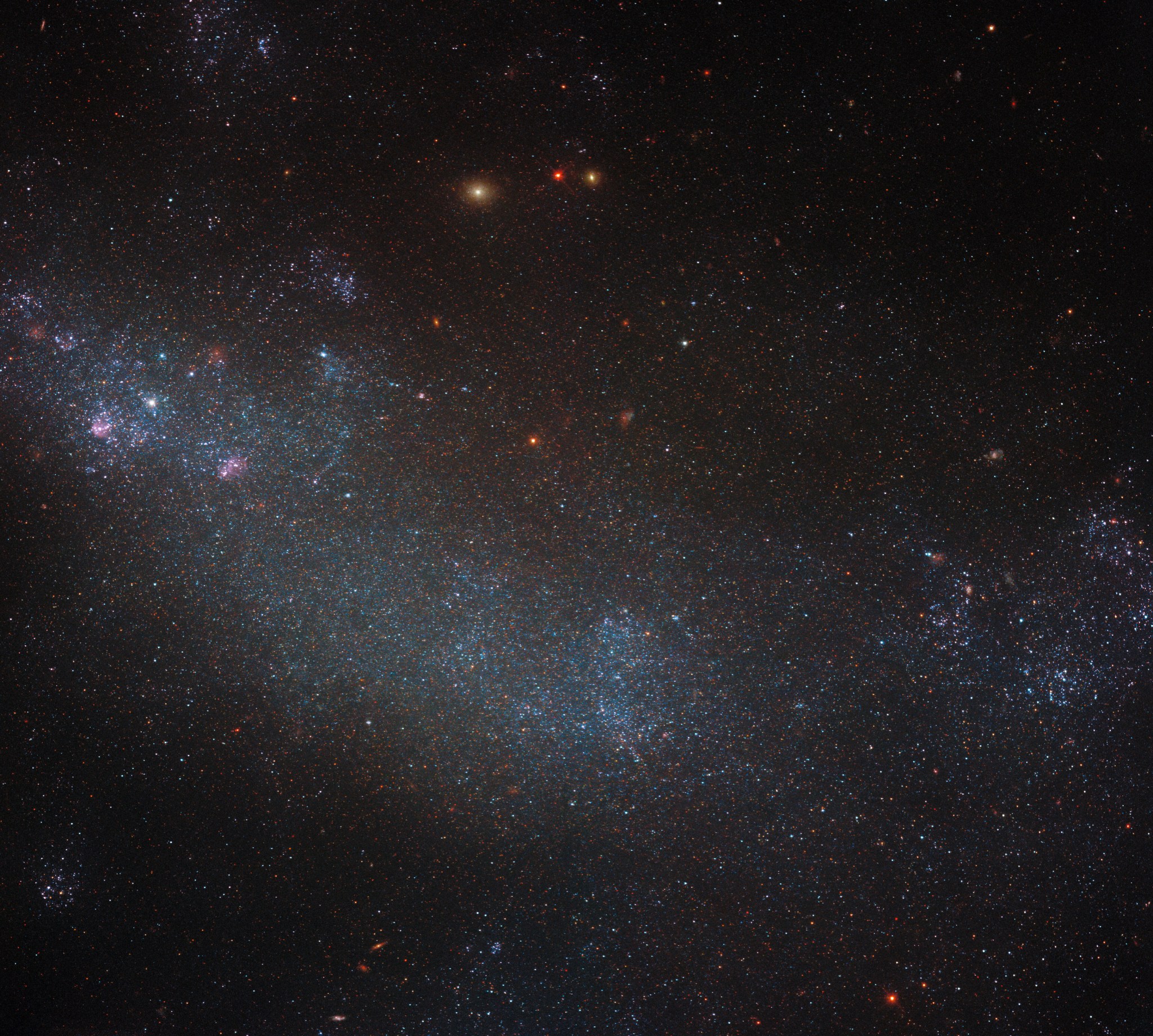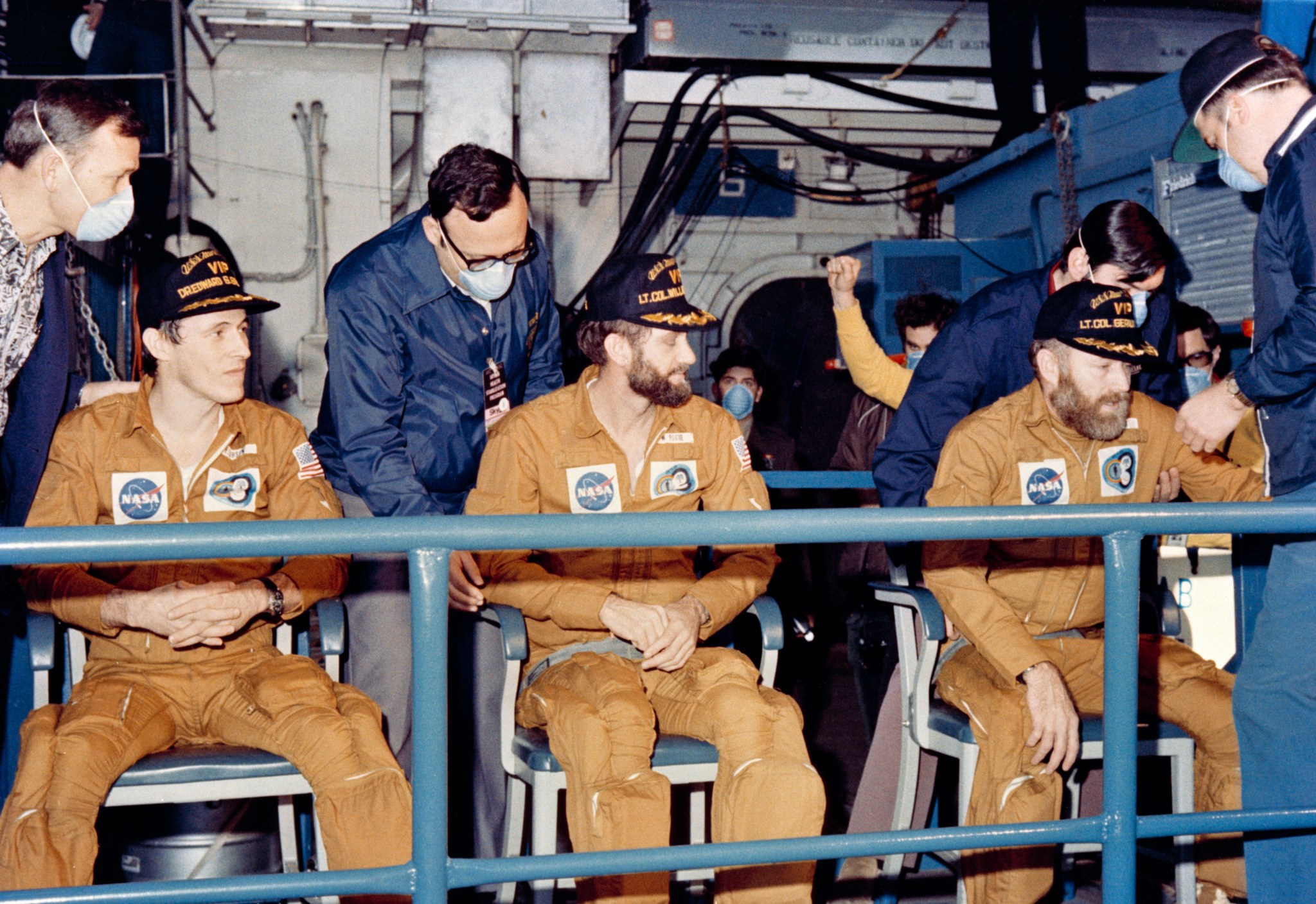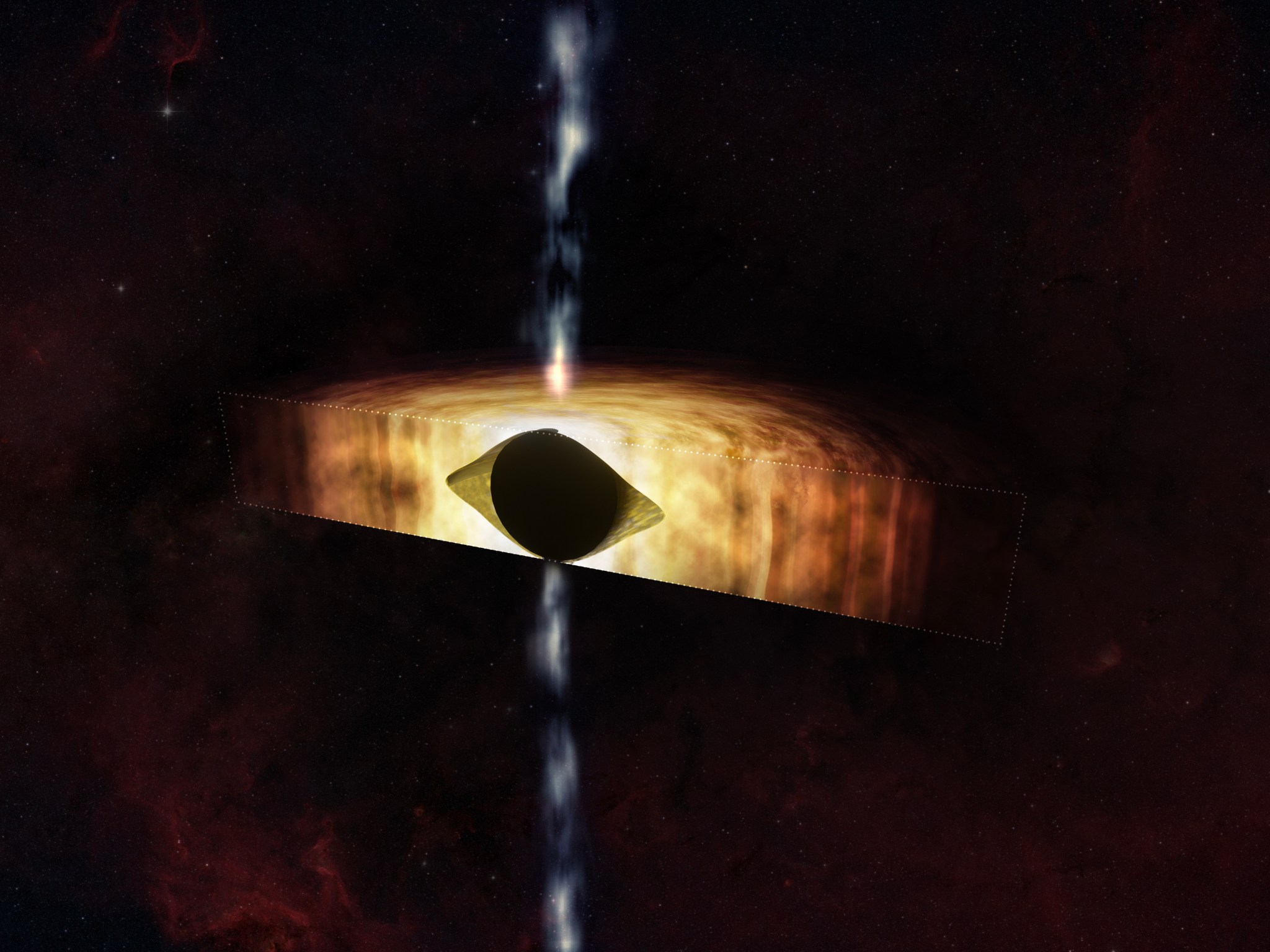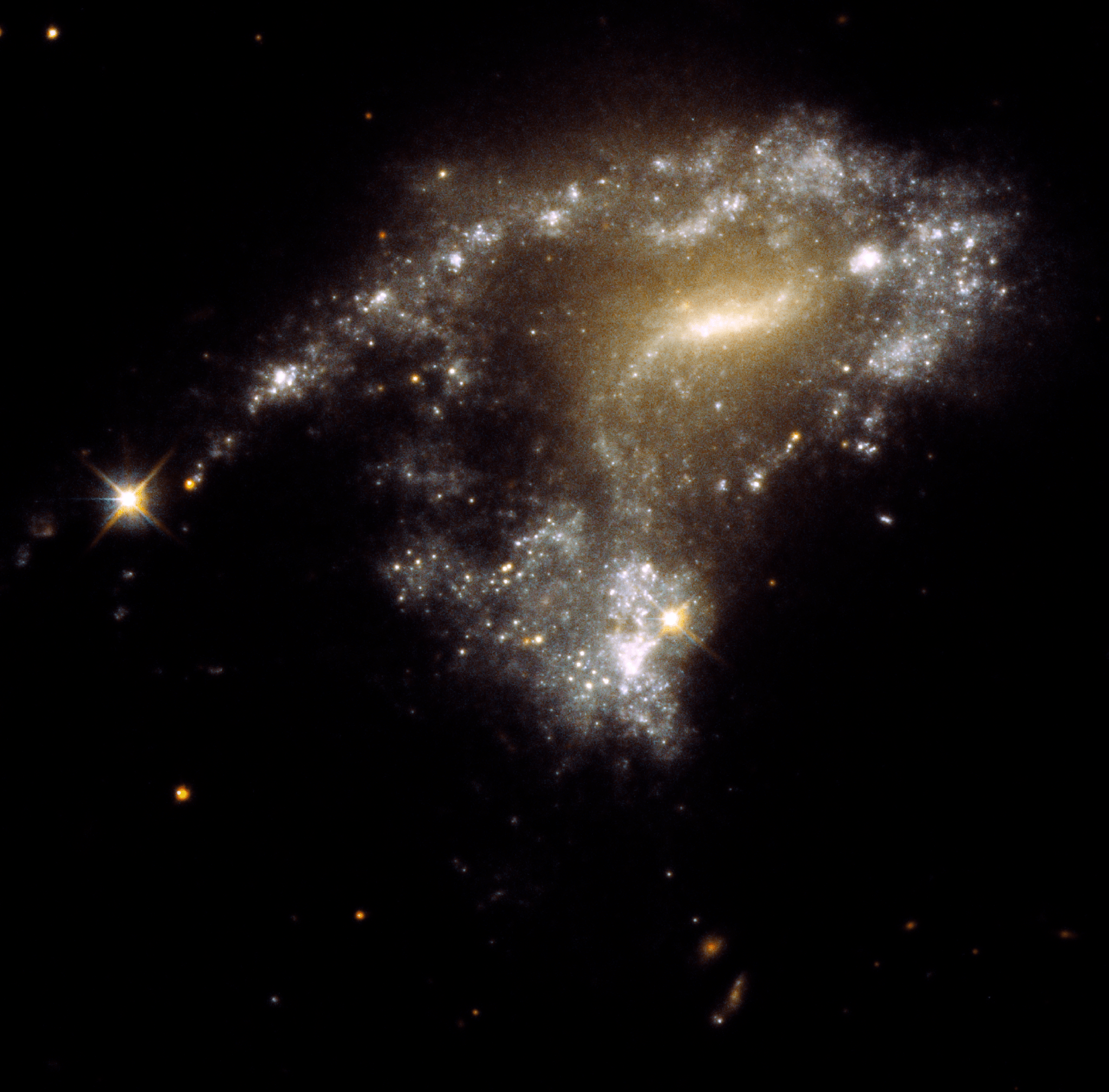2 min read Hubble Spots a Galaxy Shrouded by Stars This Hubble image shows irregular galaxy, ESO 245-5, located some of 15 million light-years from Earth. ESA/Hubble & NASA, M. Messa This NASA/ESA Hubble Space Telescope image shows a densely packed field of stars laid upon a background of dust, gas, and light from more distant celestial objects. There are so many stars in this image’s field of view that it may be a little tricky to discern that you are in fact looking at a galaxy. Known as ESO…
Read MoreNASA Awards Inaugural Grants to Support Emerging Research Institutions
NASA NASA has awarded $3.7 million to 11 teams to support new collaborations between the agency and United States institutions not historically part of the agency’s research enterprise. These are the first awards given through a new program from the agency’s Science Mission Directorate (SMD) to improve diversity, equity, inclusion, and accessibility in the science and engineering communities, as well as NASA’s workforce. “As the agency continues to build relationships with under-resourced institutions through initiatives like the bridge program, we are intentionally increasing equitable access to NASA for the best…
Read MoreThis colossal ‘Martian sunspot’ is so big it was seen from Mars. Now it’s facing Earth (photo & video)
A sunspot so large it was seen from the surface of Mars is now facing Earth. The gargantuan sunspot group AR3576 from end to end stretches for more than 124,274 miles (200,000 kilometers) and contains at least four dark cores each larger than Earth, according to Spaceweather.com. It was imaged by NASA’s Perseverance Rover from the surface of Mars just last week. The sunspot is so big it can be seen from Earth without the need for complex viewing equipment. Just don a pair of certified eclipse glasses and look…
Read MoreSkylab 4 Recovery Ends Program
The crewmen of the third and final manned Skylab mission relax on the USS New Orleans, prime recovery ship for their mission, about an hour after their Command Module splashed down at 10:17 a.m. (CDT), Feb. 8, 1974. The splashdown, which occurred 176 statute miles from San Diego, ended 84 record-setting days of flight activity aboard the Skylab space station cluster in Earth orbit.
Read MoreNASA’s New Experimental Antenna Tracks Deep Space Laser
5 min read Preparations for Next Moonwalk Simulations Underway (and Underwater) Deep Space Station 13 at NASA’s Goldstone complex in California – part of the agency’s Deep Space Network – is an experimental antenna that has been retrofitted with an optical terminal. In a first, this proof of concept received both radio frequency and laser signals from deep space at the same time. NASA/JPL-Caltech Capable of receiving both radio frequency and optical signals, the DSN’s hybrid antenna has tracked and decoded the downlink laser from DSOC, aboard NASA’s Psyche mission.…
Read MoreProtected: HH&P Document Page
This content is password protected. To view it please enter your password below: Password:
Read MoreWatch terrifying aliens invade Earth in new trailer for ‘A Quiet Place: Day One’ (video)
The long lost art of whispering will certainly be resurrected by panicked survivors in the crazy apocalyptic world of “A Quiet Place: Day One” as this newly-released trailer demonstrates. Paramount’s harrowing preview just crept up on us for the official prequel to 2018’s hit sci-fi thriller, “A Quiet Place,” where audiences followed the Abbott family as they battled against blind alien invaders with hyper-sonic hearing abilities which enabled them to hunt prey by listening for loud lifeforms. This startling origin story hails from filmmaker John Krasinksi, who directed the original…
Read MoreTelescopes Show the Milky Way’s Black Hole is Ready for a Kick
NASA/CXC/M.Weiss This artist’s illustration depicts the findings of a new study about the supermassive black hole at the center of our galaxy called Sagittarius A* (abbreviated as Sgr A*). As reported in our latest press release, this result found that Sgr A* is spinning so quickly that it is warping spacetime — that is, time and the three dimensions of space — so that it can look more like a football. These results were made with NASA’s Chandra X-ray Observatory and the NSF’s Karl G. Jansky Very Large Array (VLA). A team of researchers applied a new…
Read MoreGeminid meteors may be 10 times older than thought, simulations of oddball asteroid Phaethon suggest
The rocks making up the Geminid meteor shower that occurs towards the end of every year may have been born through a chaotic event 18,000 years ago, a new study suggests — potentially making the meteoroids about 10 times older than previously estimated. The Geminid shower is named after the constellation Gemini — the position in the sky from which the meteors seem to appear. But the meteors actually originate from 3200 Phaethon, a bizarre blue asteroid that swings along a watermelon-shaped orbit to come within just 0.14 astronomical units…
Read MoreNASA’s Hubble Traces ‘String of Pearls’ Star Clusters in Galaxy Collisions
3 min read NASA’s Hubble Traces ‘String of Pearls’ Star Clusters in Galaxy Collisions Galaxy AM 1054-325 has been distorted into an S-shape from a normal pancake-like spiral shape by the gravitational pull of a neighboring galaxy, seen in this NASA Hubble Space Telescope image. A consequence of this is that newborn clusters of stars form along a stretched-out tidal tail for thousands of light-years, resembling a string of pearls. They form when knots of gas gravitationally collapse to create about 1 million newborn stars per cluster. NASA, ESA, STScI,…
Read More